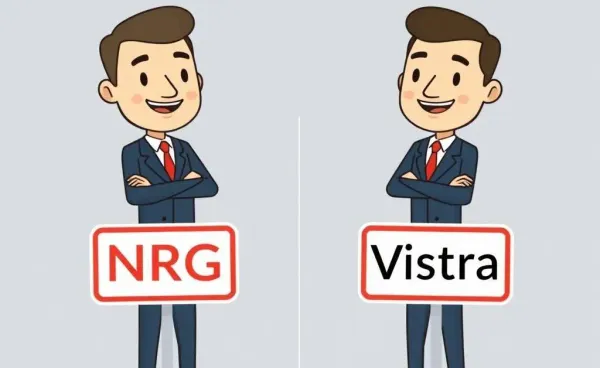Navigating the Waiting Game: How Long Should You Wait Before Reaching Out?
Explore the art of waiting and know when it's time to follow up effectively in various life situations.
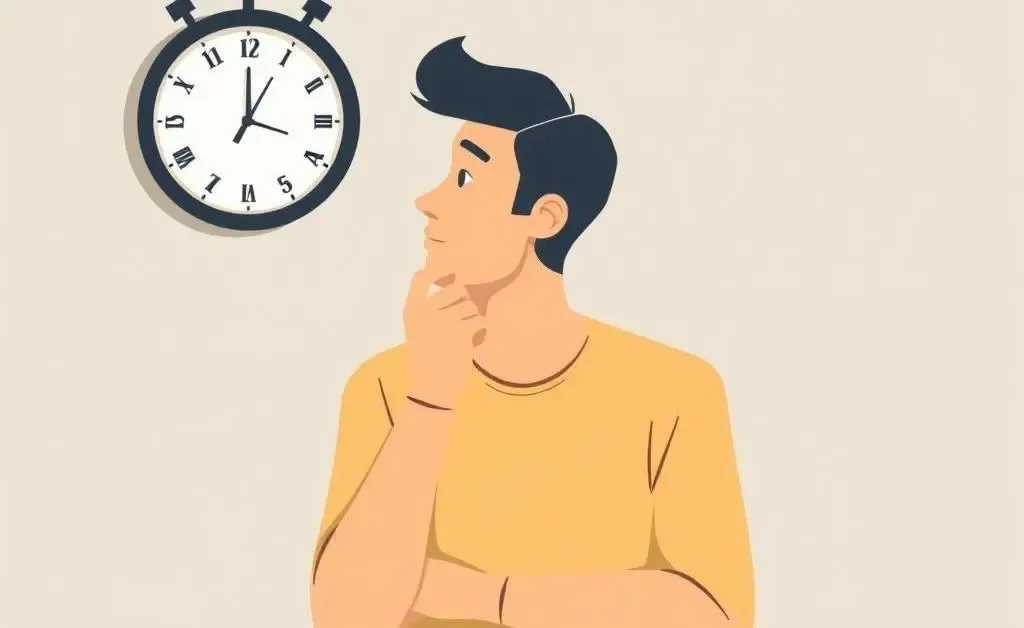
Have you ever paused, unsure whether it's time to reach back out or if you’re better off holding your horses a little longer? It's a common dilemma, and navigating this waiting game requires a touch of patience and savvy judgment.
Understanding the Art of Waiting
Let's dive into the nuances of timing, where the art lies not only in patience but in the intuitive ability to gauge when it's just right to follow up. Imagine this: You've applied for that dream job, and now, the anticipation is palpable. Do you sit tight or fire up that 'just checking in' email?
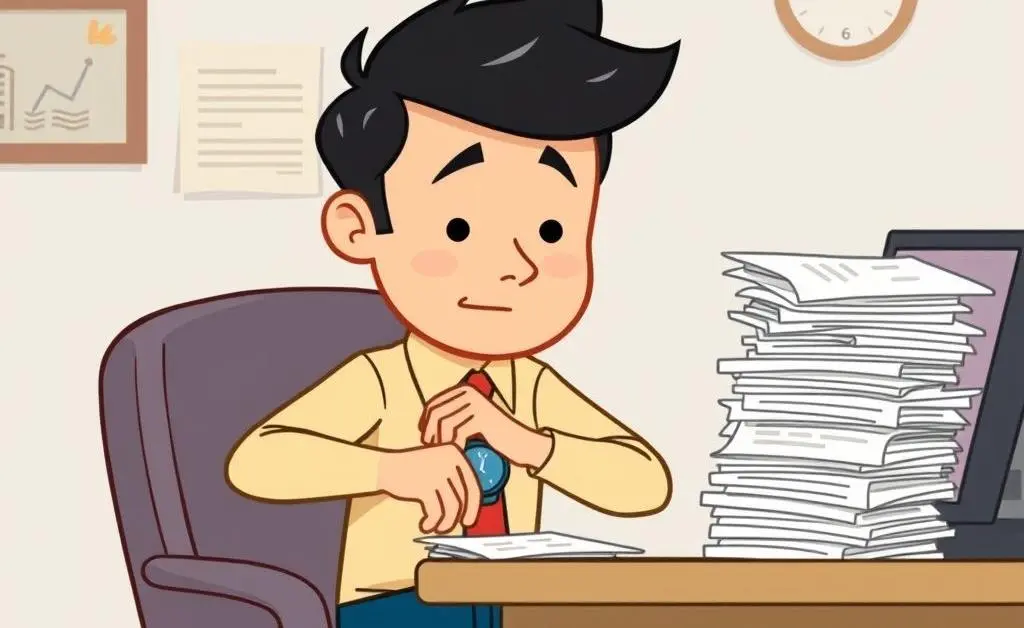
Key Considerations Before Reaching Out
- Initial timeframe given: Did they specify a response time?
- Your level of interest and urgency: Is this your top priority?
- Context matters: What's typical protocol in this scenario?
My friend once shared how she waited anxiously after a promising first date, pondering the timing for the next text. Waiting can stir up both excitement and anxiety, depending on the stakes and context involved.
When It's Time to Follow Up
The decision to follow up often aligns with instinct. Yet, a practical approach doesn't hurt. Consider writing a balanced message, friendly yet straightforward, that gently nudges but doesn't overwhelm the receiver. Timing, they say, is everything.
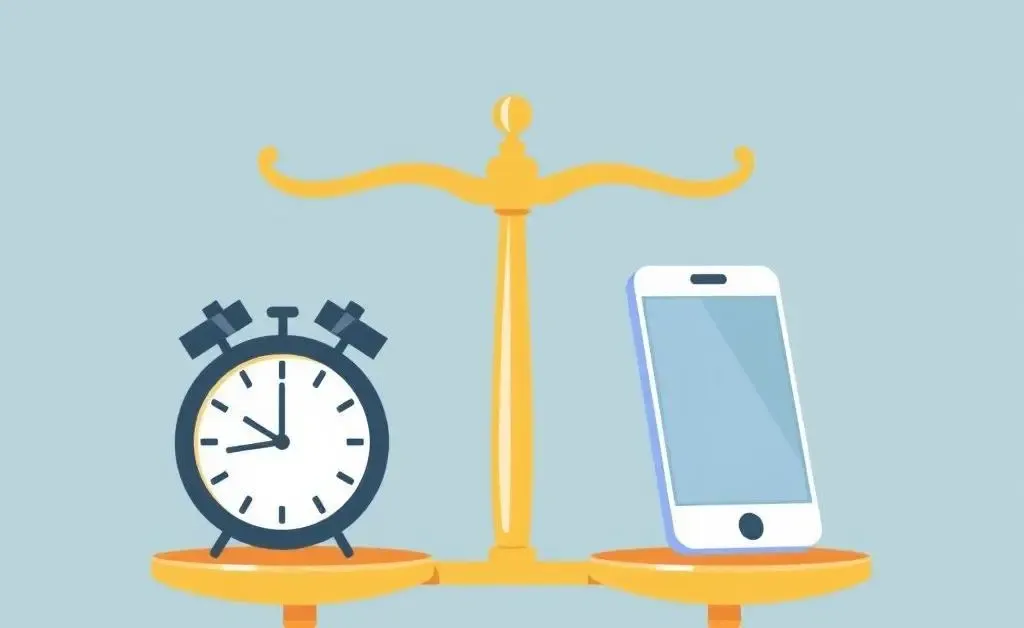
Working on a project team? It’s all about keeping the communication lines open without inundating colleagues. Striking the right balance is key, whether in work or personal life situations.
The Importance of Clear Signaling
Consider this checklist before sending that follow-up:
- Be clear about your intentions.
- Keep messages concise and respectful.
- Reiterate your interest without pressuring.
Don't forget to weave personality and warmth into your communication. A touch of humor can ease the tension inherent in waiting.
Reflecting on Past Experiences
Reflecting on personal experiences can help refine your judgment over time. Consider those moments when you hesitated too long or perhaps acted rashly. Each serves as a guiding lesson for future decisions.
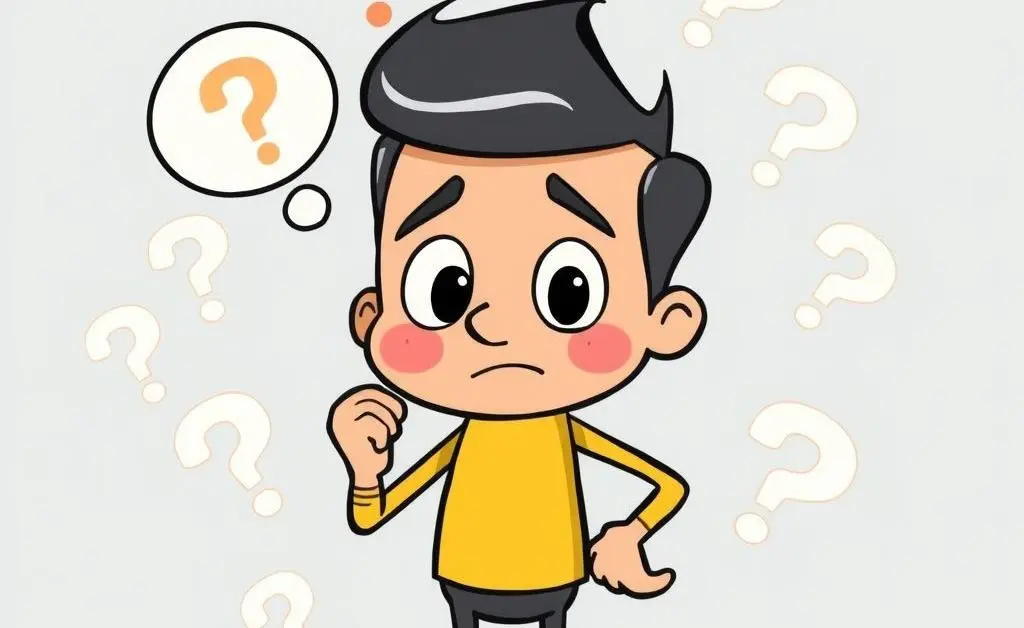
Ultimately, understanding the rhythm of when to wait and when to act transforms not only our outcomes but how we relate and communicate in our daily lives. So, how do you decide when it’s time to reach out?



